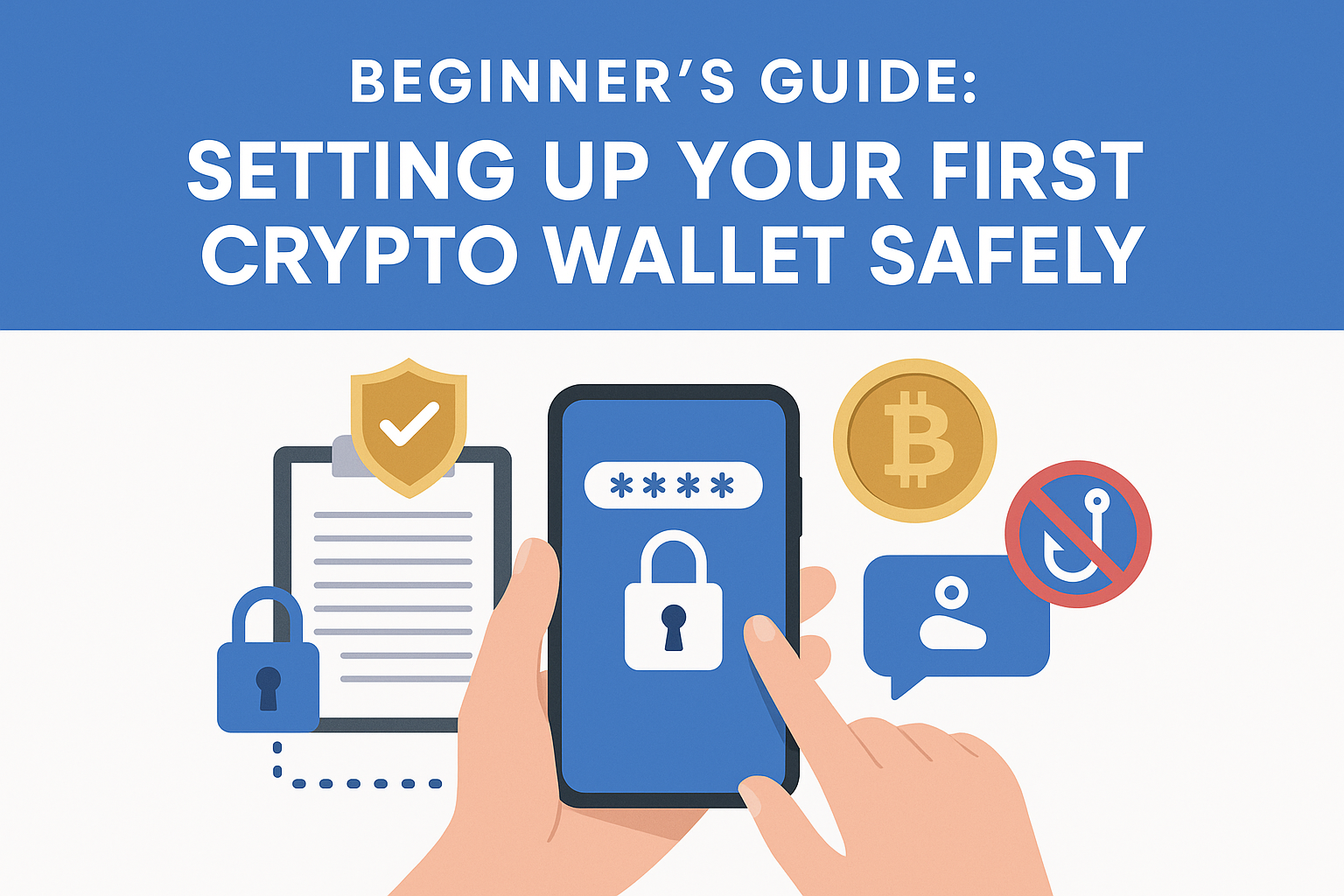Setting up your first crypto wallet is a pivotal step in your journey toward digital asset ownership. While the process is straightforward, making the right choices early on can save you from headaches—and even potential losses—down the line. This guide will walk you through a practical, secure crypto wallet setup, focusing on what matters most: protecting your funds and understanding how wallets actually work.
![]()
What Is a Crypto Wallet & Why Does Security Matter?
A crypto wallet isn’t like a physical wallet; it doesn’t store coins but instead manages the private keys that prove ownership of your assets on the blockchain. There are two main types: hot wallets (connected to the internet) and cold wallets (offline, like hardware devices). Hot wallets are great for beginners due to their ease of use, but they’re more vulnerable to hacks. Cold wallets provide superior security for larger holdings or long-term storage.
Your wallet’s security is only as strong as its weakest link—typically human error. That’s why understanding how to secure your crypto wallet from day one is non-negotiable.
Choosing the Right Wallet: Key Factors for Beginners
The beginner crypto wallet guide always starts with one question: What do you need from your wallet? Here are some factors to consider:
- User Experience: Is the app/interface intuitive?
- Security Features: Does it offer two-factor authentication or biometric logins?
- Seed Phrase Management: How does it help you back up and restore access?
- Asset Support: Does it support all the coins/tokens you plan to use?
- Reputation & Community Trust: What do other users say about it?
Your First Crypto Wallet Setup: Step-by-Step Essentials
The actual process of creating a new wallet is usually simple—just download an app or buy a hardware device, follow some prompts, and set a password. But there are critical steps that should never be skipped if you want true control over your funds.
The most important moment comes when you’re shown your seed phrase—a unique string of words that acts as the master key to your assets. Lose this, and there’s no recovery hotline.
If someone else gets access to your seed phrase or private key, they have full control over your funds. No bank can help you recover stolen assets in crypto.
The Seed Phrase: Your Ultimate Backup
Your seed phrase (sometimes called recovery phrase) deserves special attention. Write it down by hand—never store it digitally where malware or hackers might find it. Store copies in separate, secure locations (think fireproof safes or safety deposit boxes). Consider using metal backup plates for extra resilience against fire or water damage.
If you’re serious about keeping things safe, follow established seed phrase security tips religiously—they exist because so many people have lost funds by getting sloppy at this stage.







